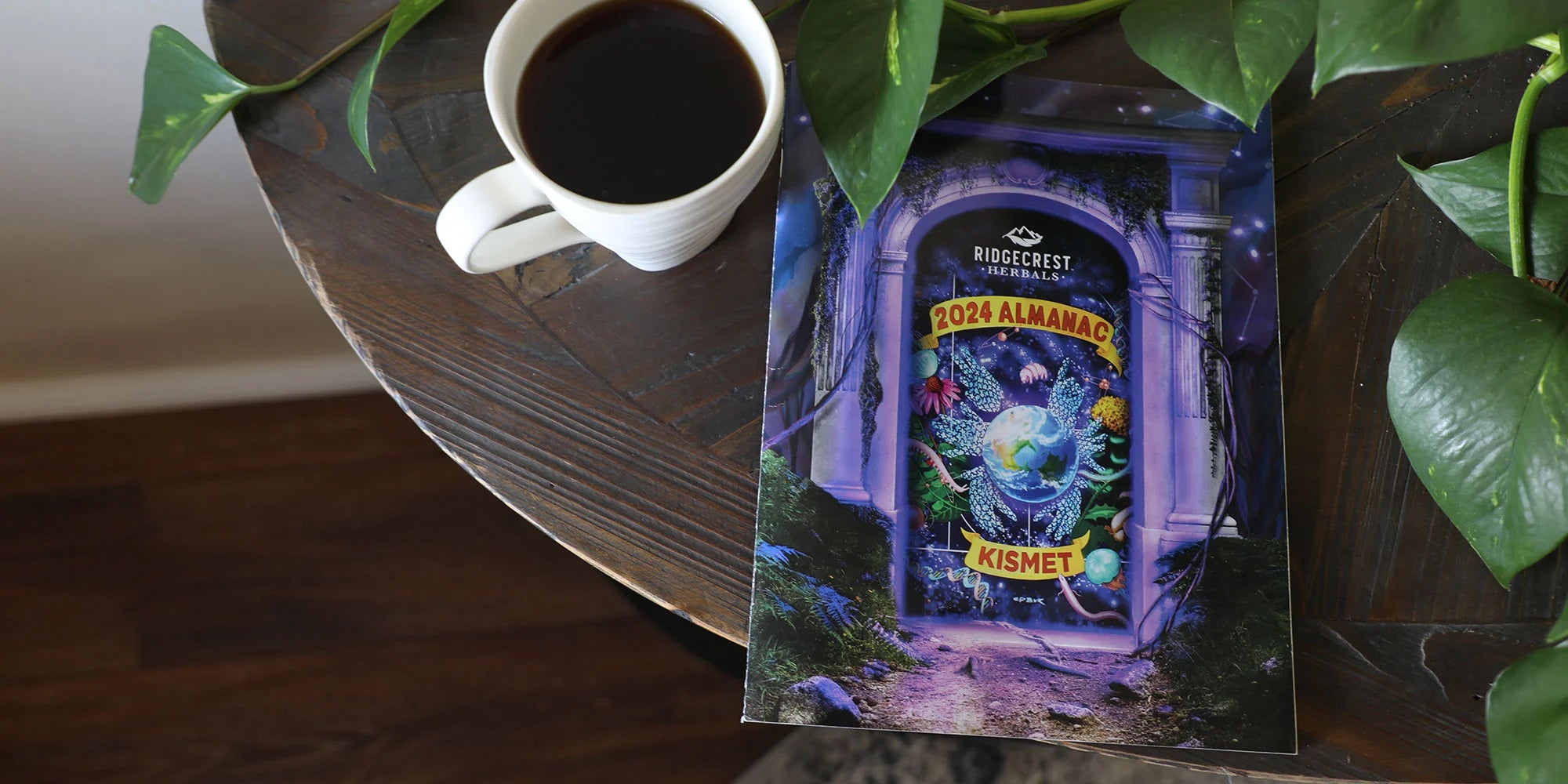Licorice root is one of the world’s oldest and most widely used herbal remedies. This herb comes in a few different varieties and they’re usually designated by their geographic origin (Chinese, European, or North African). And even though these come from different parts of the world, they share many characteristics.
Civilizations throughout history have used licorice root for a variety of reasons. Roman and Greek soldiers were issued licorice sticks in daily rations to help quench thirst and improve stamina when they didn’t have enough water. Napoleon Bonaparte ate so much licorice candy that it’s said his teeth were permanently stained black. Likewise, large amounts of licorice root were found in ancient Egyptian pharaoh Tutankhamun’s tomb in 1922.
The earliest known mention of licorice root dates back to 2800 B.C. Shennong (The Divine Farmer) included it among 365 species of roots, grass, woods, furs, animals, and stones in Shennong’s Materia Medica. The Materia Medica is the oldest known manuscript on Chinese herbal medicine and an important text to this day. Another early mention comes from Assyrian clay tablets circa 2500 B.C. Other cultures used licorice root to flavor teas and tobacco and in medicines to treat everything from upset stomach to upper respiratory problems.
What is licorice root?
Licorice is technically a legume, even though it’s the plant’s root and stems that we typically consume. Its Latin name is glycyrrhiza glabra, and it’s a flowing plant. The compound in licorice root that offers that distinct and recognizable taste is called anethole. It also produces glycyrrhizin, which is 30-50 times sweeter than sugar.
Licorice root in traditional Chinese medicine
One of the most widely used herbs in traditional Chinese medicine (TCM), licorice root stimulates, supports, and harmonizes gland function. It aids the adrenal glands and immune system, supports energy production, and encourages the cellular removal of toxins.
Scientific evidence exists indicating its ability to reinforce the body's natural, healthy state free from excess inflammation. That sweeter-than-sugar compound, glycyrrhizin, is known to help maintain the body's ability to block enzymes that change the prostaglandin levels responsible for mucus production. It also acts as a guiding herb to enhance the activity of other key ingredients.
A visceral reaction to licorice root
Many people have a negative feeling toward all things licorice. Fennel and anise are typically also found to be repulsive by this same group of folks. Even more interesting, this reaction to the taste of licorice isn’t learned; it’s something you were probably born with, not a learned habit, which means it won’t likely change over time.
Licorice candy
Most modern black licorice candy isn’t flavored with authentic licorice root. Instead, candy makers often use anise oil, which has a very similar flavor to licorice root and is more widely available. This being the case, if you’re out shopping for licorice candy for its potential medicinal benefits, make sure the product you’re buying really contains licorice root extract.
What happens if you consume too much licorice root?
Eating too much black licorice candy, or more specifically glycyrrhizin, can have adverse effects. How much is too much? Consuming more than 2 ounces (57g) of black licorice each day for at least two weeks could cause adverse effects.
What about red licorice?
Red licorice doesn’t actually contain licorice root. It’s just candy with different flavorings that happens to look like many variants of candy containing flavoring from licorice root extract.
The origins of red licorice start with the American Licorice Company, which was started in 1914 when Martin Kretchmer began to make a candy called the Black Licorice Twist. However, it wasn’t until 1950 that the company expanded by making Raspberry Vines. They were made the same way as the Black Licorice Twist, only with fruit flavor added instead of licorice root extract. Consumers called this new candy “red licorice” because it was similar in appearance and texture to the black licorice. Today, you’d recognize this red licorice at Red Vines® candy, and the company still uses the same recipe that started the red licorice craze more than 70 years ago.
Licorice root is among the most widely used ingredients in herbology and has been for thousands of years. Its uses and benefits continue to expand, and we will likely keep learning about this root for centuries to come.



